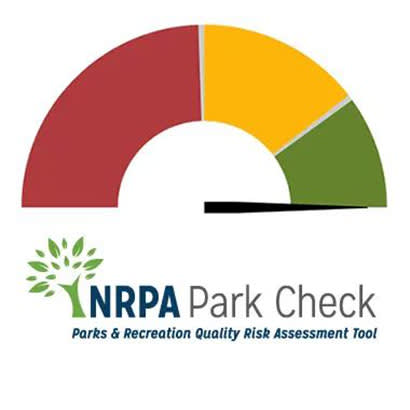
Do you find your park and recreation agency continuing its struggle to recover from the effects of the Great Recession nearly 10 years later? Are local political leaders pushing back when you make the case to grow your agency’s operations funding and full-time staff to meet increased demands?
If you answer “yes” to either question, your agency is not alone. A recent academic study demonstrated that many agencies sustained significant hits during the Great Recession of 2008 and 2009. The study, summarized in a February 2018 Parks & Recreation magazine article, titled “The Great Recession’s Profound Impact on Parks and Recreation," notes that parks and recreation suffered greater reductions in operations funding relative to other local government services, and the funding has been slow to rebound years after the recession ended. There also has been a precipitous shift from full-time to part-time workers at many agencies.
The NRPA-commissioned Local Government Officials’ Perceptions of Parks and Recreation report highlights the root cause of these outcomes. Appointed and elected political leaders (e.g., mayors, city managers) acknowledge that their jurisdiction’s park and recreation agency would likely bare the greatest funding cut when they must cut spending at their city, town or county. This is despite their universal agreement that recreation services provide immense benefit to their communities.
The nickel and diming of an agency’s budget may help a local government balance its budget when it finds itself in a tough economic spot. However, the failure of local government officials to not only sustain funding levels for their park and recreation agencies, but also to ensure funding and staffing keep up with population growth, puts these valuable assets at great jeopardy.
To help measure this risk, NRPA has created an online resource — NRPA Park Check: Parks & Recreation Quality Risk Assessment Tool. Park Check guides agency directors, political leaders and park advocates through the basic steps of ensuring their agency will be able to deliver quality park and recreation amenities and services to all members of the community in the future.
What Is NRPA Park Check?
This online park and recreation assessment tool uses the responses to eight questions to develop an analysis of the agency’s risk profile. And, those questions are based on five basic principles:
- Funding: Communities committed to high-quality parks and recreation for all residents ensure that operations and maintenance (O&M) spending is growing at a rate equal to or greater than the rate of the jurisdiction’s population growth. Not only do you want to see year-to-year funding increases, but also consistent budget expansion (at least) over a three-year period.
- Staffing: Communities committed to high-quality parks and recreation for all residents ensure that park and recreation agency full-time staffing is growing at a rate equal to or greater than the rate of the jurisdiction’s population growth. Not only do you want to see year-to-year growth in an agency’s full-time employee staffing, but also consistent staffing increases over (at least) a three-year period.
- Access: Everyone deserves access to a high-quality park that is within a 10-minute walk of where they live. It is important that park access is strong throughout the community, including areas with lower-income residents.
- Dedicated Funding Sources: Park and recreation agencies in communities committed to high-quality parks and recreation for all residents have access to dedicated funding sources (e.g., having its own taxing authority, sales/property taxes dedicated to the agency) to fund at least some part of its O&M budget.
- CAPRA Accreditation: Park and recreation agencies that meet the standards set by the Commission for Accreditation of Park and Recreation Agencies (CAPRA) demonstrate their commitment to delivering high-quality park and recreation amenities and services to every member of the community.
The Park Check risk assessment tool rates your responses to these questions to determine if your agency’s ability to deliver quality park and recreation amenities and services to all members of your community in the future is at “low,” “moderate” or “high” risk. Agencies taking the assessment receive a customized three-page report, the second page of which details their risk profile based on the five principles. For example, an agency facing moderate risk may see strengths in its funding, staffing and access, but may lack both dedicated funding and the CAPRA accreditation that would improve its long-term outlook.
The customized report also includes links to resources that could reduce your agency’s risk profile. More importantly, it can help convince your community to raise its commitment to high-quality parks and recreation for all through greater, more sustained funding.
Park Check is the first step to truly ensuring your agency is providing great park and recreation opportunities to every community member. Other NRPA resources, such as Park Metrics, Facility Market Reports and our suite of Best Practice Resources, to name a few, are available to take your agency to the next level.
You can use Park Check today to assess the risk level to the quality of your services at www.nrpa.org/park-check.
Kevin Roth, Ph.D., is NRPA’s Vice President of Professional Development, Research and Technology.

